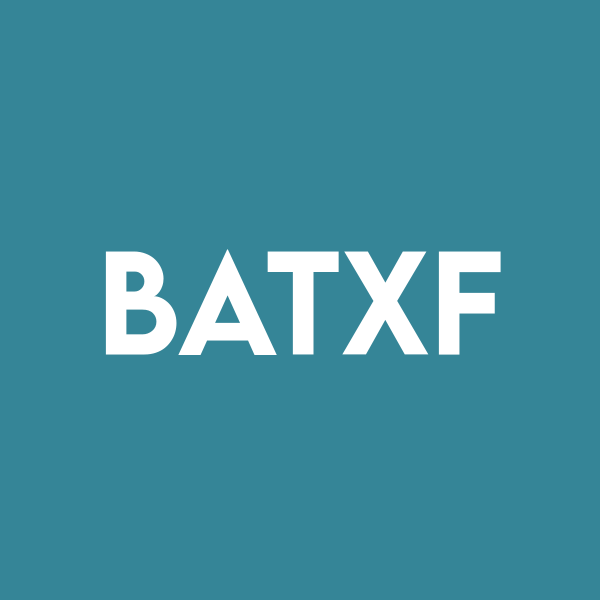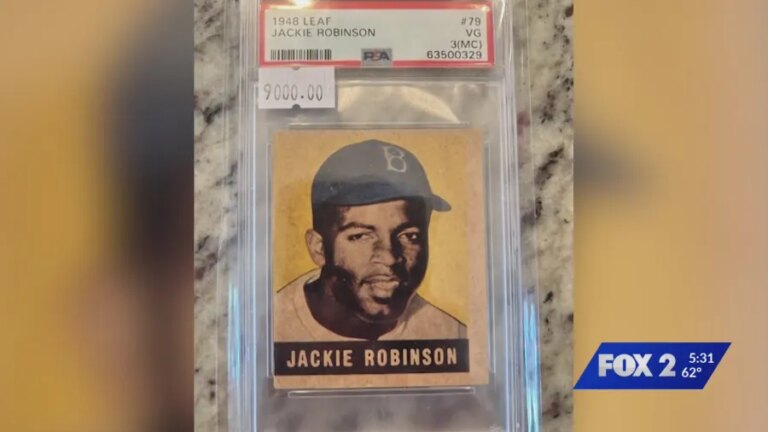
It’s easy to get caught up in the big announcements from international tech giants, focusing on the moonshot projects and billion-dollar investments in sustainability. We talk about vast solar farms, orbital data collection, and next-generation battery breakthroughs as the key to a greener future. However, the real laboratory for practical, adoptable, and effective green technology often lies much closer to home, right within our local communities.
This is exactly why an event like the Sustainable Living Festival, being held in Albury, New South Wales is worth considering adding to your calendar for November. It’s a vital convergence point where high-level environmental goals meet practical, everyday implementation, often using the same smart tech principles we celebrate in the industry.
The festival, set for Thursday 13 November at QEII Square, isn’t just about feeling good; it’s about sharing tangible, locally tested ideas that have been proven to work. It’s an evening dedicated to demonstrating the intersection of old-school community action and modern sustainable practices, which often rely on a surprisingly robust foundation of smart technology.
It’s an opportunity to discover how grassroots initiatives are driving the demand and refinement for smaller, more efficient, and more citizen-accessible green tech solutions across the nation.
Take, for example, the water bug discovery activity; this is citizen science at its best, providing invaluable, hyper-local data on water quality without the need for complex, expensive sensor arrays. While not a replacement for professional environmental monitoring, these volunteer efforts often point to areas requiring deeper sensor deployment and highlight issues that centralised systems might miss. The modern equivalent of logging these findings involves open-source data platforms and smartphone-based geo-tagging, linking local effort to big-picture data.
Similarly, the permaculture demonstrations are essentially showcasing highly efficient, closed-loop sustainable systems. This practice is the blueprint for modern controlled environment agriculture (CEA), like vertical farms and hydroponics, which are entirely dependent on IoT sensors, AI-driven climate control, and precision nutrient delivery systems. Learning permaculture manually provides a deeper understanding of the biological variables that smart agriculture technology must address.
The youth council’s involvement with Boomerang Bag painting also touches on the concept of the circular economy and supply chain transparency. A simple reusable bag becomes a symbol of reducing single-use plastic, and the data on its use, reuse, and lifecycle can be tracked via digital platforms, which is a major area of growth in sustainable supply chain technology, often using blockchain.
It’s clear that these local actions are not isolated from the tech world; they are the fertile ground from which practical, user-friendly green tech solutions are born and tested.
Features of the festival
The Sustainable Living Festival is set up to provide hands-on experience, moving beyond theory into actual practice, which is the most effective form of communication for the tech community. The ability to see a solution working in the real world is far more compelling than reading a white paper about it.
Hands-On Environmental Sensing
The water bug discovery is a critical activity for understanding local biodiversity and water health. This activity connects the public to their local environment, showing them how tiny organisms are nature’s indicators of stream health. It represents the crucial first step in any large-scale environmental monitoring program before high-tech probes and networked sensor boxes take over the data collection process.
The Blueprint for Smart Farming
Permaculture demonstrations offer lessons in resource efficiency that are directly applicable to smart gardening and large-scale agricultural technology. Seeing how to maximise yield with minimal input of water and fertiliser is the core philosophy behind precision agriculture and IoT-driven irrigation systems now being widely adopted across Australian farms. The focus is on doing more with less, which is the definition of technological efficiency.
Local Action, Global Supply Chain
The Boomerang Bag painting initiative highlights a simple yet powerful solution to the global problem of single-use plastic waste. It empowers local communities to take ownership of the recycling and reuse process, a small-scale model that informs the larger development of circular economy platforms and waste management logistics technology. This is a crucial step towards a system that tracks materials rather than just treating them as disposable garbage.
Why This Matters
This festival is a chance to see future users and real-world test cases in action. We often focus on the creation of new technology, but the adoption and successful integration of that technology into everyday life is the bigger challenge. A community that is already educated and motivated in sustainable practices is one that is far more likely to embrace smart solar, residential battery storage, and electric vehicle infrastructure.
The enthusiasm and attendance at an event like this prove the appetite for practical sustainable technology exists far beyond the major metropolitan centres. It’s an indicator of market readiness for everything from advanced home insulation materials to intelligent waste sorting systems.
“The shift towards truly sustainable living isn’t just about massive government programs or Silicon Valley ventures; it’s about the data gathered by citizens, the local adoption of smart energy solutions, and the everyday choices that inform the next generation of green technology.”
Dr. Evelyn Reed, Environmental Technology Consultant, Future Cities Institute.
Dr. Reed’s point underscores the importance of events that bridge the gap between high-level policy and street-level action. The practical implementation of sustainability starts here, proving that the technology we design must be durable, user-friendly, and capable of functioning within existing community frameworks.
The twilight market effect: Sustainability meets lifestyle
The choice to host the Sustainable Living Festival as part of the Twilight Markets is a clever piece of social engineering. It integrates the complex topic of sustainability into a fun, relaxed, and accessible environment, making the learning process entirely optional and enjoyable.
By combining stalls on water conservation with live music and food vendors, the event ensures that the principles of sustainability are seen as a natural part of a modern, enjoyable Australian lifestyle. This is a critical marketing lesson for any company trying to launch a new piece of green technology: make it seamless, make it appealing, and make it part of the normal flow of life.
The markets also highlight local entrepreneurs and food producers, often those using low-emission transport, local sourcing, or innovative packaging solutions. These are small businesses using small-scale, deployable green tech that is often overlooked in major industry discussions.
Practical details and looking ahead
The festival is a shining example of how local councils are actively engaging with their residents on forward-thinking issues, a trend we hope to see mirrored by other cities across the nation. Providing a free, inclusive, and educational experience is the best way to foster the kind of community buy-in that makes tech adoption successful.
The Sustainable Living Festival in Albury on Thursday 13 November is more than just a local community event; it is a preview of the sustainable, smart future being built one practical idea at a time. It’s a vital pit stop on the roadmap for Australian green tech, demonstrating that our future success is built not just in labs, but in local town squares across the country.
For more information, head to Albury City Council Sustainable Living Festival







